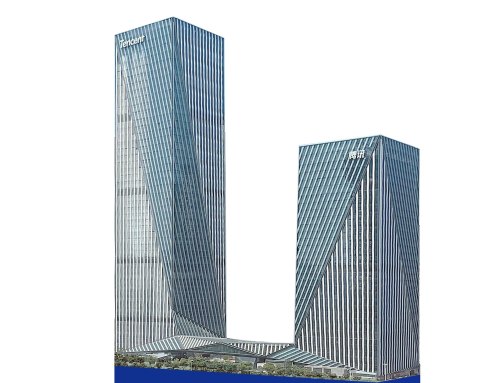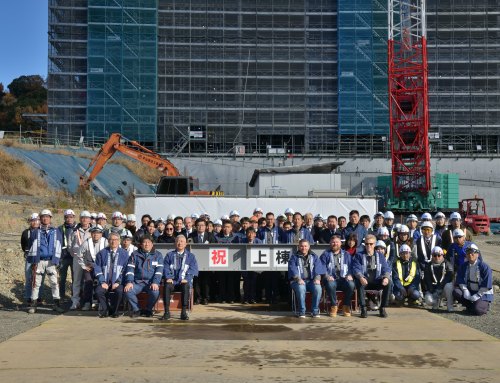Asset management is not just about ensuring buildings assets are maintained to a recognised regime, at WT we also believe there should be consideration given to the criticality of the asset to the organisations operation.
WT were asked by a client to establish criticality for particular assets at an international airport, with a view to customising the ‘one-size-fits-all’ maintenance programme. Our first stage was to establish the clients top 5 critical asset types which we would then study to develop a hierarchy of criticality for all assets coming under the type heading.
The first study immediately demonstrated the logic and benefit of why WT believe clients should be better informed of asset criticality.
We examined approximately 120 passenger and goods lifts and measured each one against our pre-determined value model. The results were presented to the client who was astounded to learn that across the whole of one terminal, their most critical passenger lift was a back of house goods lift, as it was the only lift capable of transporting a passenger on a first aid stretcher, between levels of the terminal.
The lift had been installed almost 30-years previously and received only the minimum statutory maintenance requirements. We later learned that on occasions, first aiders had manhandled stretchers down an escalator because of this capability problem with other lifts in the vicinity.
The WT study concluded with recommendations for adopting a criticality maintenance regime along with an asset upgrade plan, that was subsequently implemented, and first aiders no longer have to expose patients to an unnecessary risk due to our intervention.
In a world where any incident can be shown in a negative light on social media and rapidly become a PR nightmare for a client, or where a client’s operations can be severely affected by asset failure, we strongly believe there is considerable value to an examination of asset criticality and set in place counter-measures or remove the problem.







